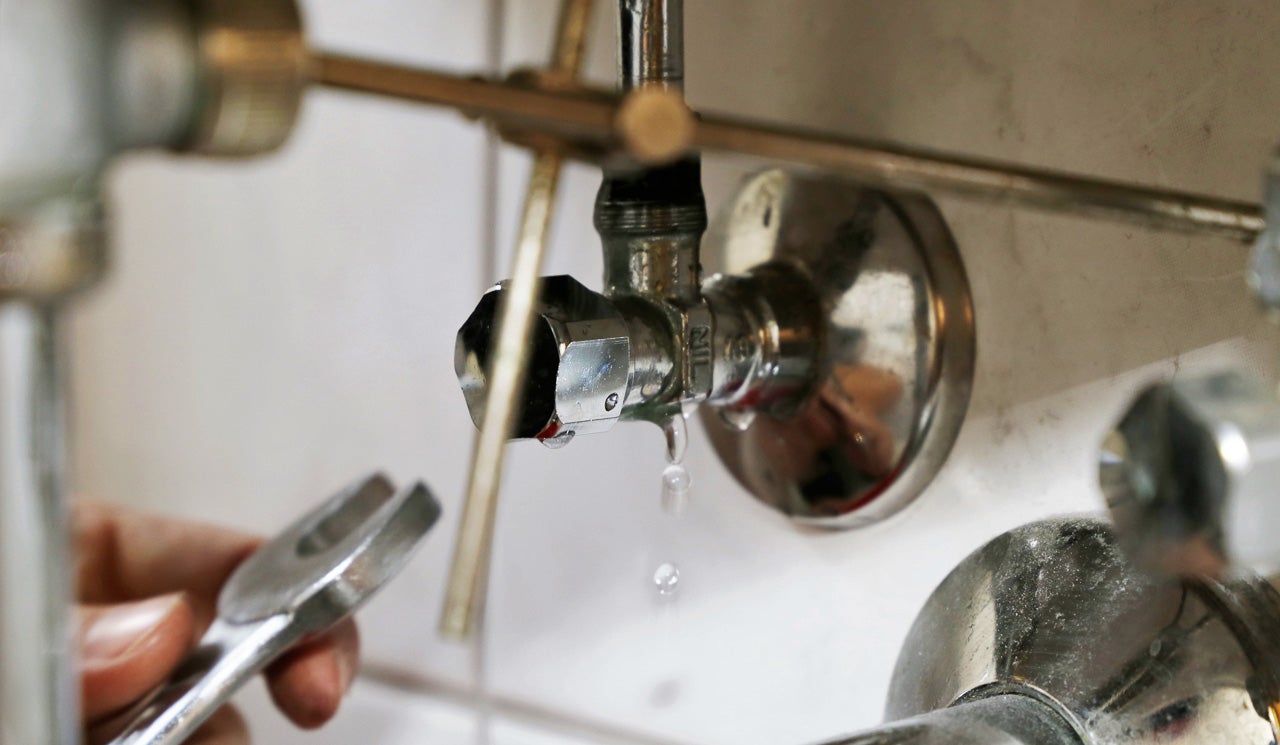Almost everyone has got his or her own conception in relation to Leaking water lines.

Early detection of dripping water lines can alleviate a prospective disaster. Some little water leakages might not be visible.
1. Take A Look At the Water Meter
Every house has a water meter. Examining it is a proven way that aids you find leakages. For starters, switch off all the water resources. Ensure nobody will certainly purge, utilize the tap, shower, run the cleaning machine or dishwashing machine. From there, most likely to the meter as well as watch if it will certainly transform. Since no one is using it, there must be no movements. If it moves, that indicates a fast-moving leakage. Furthermore, if you find no changes, wait a hr or 2 and also inspect back once more. This suggests you might have a slow leakage that could even be below ground.
2. Check Water Intake
Assess your water expenses as well as track your water consumption. As the one paying it, you must observe if there are any disparities. If you find sudden changes, despite your consumption being the same, it means that you have leakages in your plumbing system. Keep in mind, your water bill need to fall under the very same range on a monthly basis. An abrupt spike in your expense indicates a fast-moving leakage.
A consistent rise every month, even with the exact same routines, reveals you have a sluggish leakage that's likewise gradually rising. Call a plumber to extensively examine your home, specifically if you feel a warm area on your floor with piping underneath.
3. Do a Food Coloring Test
30% comes from bathrooms when it comes to water usage. Test to see if they are running correctly. Drop flecks of food shade in the container as well as wait 10 minutes. There's a leakage in between the storage tank and dish if the shade somehow infiltrates your bowl throughout that time without flushing.
4. Asses Outside Lines
Do not forget to inspect your outdoor water lines as well. Should water seep out of the link, you have a loose rubber gasket. One small leakage can squander bunches of water as well as increase your water bill.
5. Examine the scenario as well as examine
Home owners ought to make it a routine to check under the sink counters as well as also inside closets for any bad odor or mold and mildew growth. These 2 red flags suggest a leakage so punctual attention is needed. Doing routine assessments, even bi-annually, can save you from a significant issue.
More importantly, if you understand your home is already old, maintain a watchful eye on your heating systems, hose pipes, pipelines and so on. Check for discolorations as well as damaging as most pipes and also devices have a life span. They will certainly also naturally wear away because of deterioration. Don't wait for it to intensify if you presume dripping water lines in your plumbing system. Call a professional plumber immediately so you don't end up with a dreadful mess in your home.
Early detection of leaking water lines can alleviate a potential catastrophe. Some small water leakages might not be visible. Checking it is a guaranteed means that assists you find leaks. One little leak can waste loads of water and also increase your water expense.
If you suspect leaking water lines in your plumbing system, do not wait for it to intensify.
How to Know If Your Home Has a Hidden Leak
Water Meter Reveals Inexplicable Water Usage
If you’d like to test whether or not there’s a leak somewhere in your home, you can do this using your water meter. Here is how to conduct the test:
Don’t use any water in your home for at least 30 minutes; this also means not turning on faucets or water-using appliances.
Go outside, and check your water meter for activity.
If your water meter shows that there was activity, even though no one was using any water, this proves that there is a leak in your home.Visible Mold or Mildew Growth
Leaks behind walls create moist, dark environments that allow mold and mildew to grow and thrive. Eventually, you might see mold growth forming on the wall closest to a hidden leak.
If mold is growing in an area that receives a high amount of moisture, such as a bathroom, it may simply be an indication that better ventilation is needed. However, if you see mold growth on a wall or the ceiling in an area where you would not expect, you probably have a hidden leak.
Musty, Mildew Odor
Sometimes you might not be able to see the mold or mildew that is growing as a result of a leak. However, the smell can give the problem away just as easily. If you catch a whiff of something musty, there’s a good chance that old water is collecting somewhere in your home that you can’t see.
Stained/Warped Walls, Ceilings, or Floors
When your home soaks up water, a variety of red flags can become visible, including ceiling stains, bubbling drywall, warped walls, and sagging floors. While these issues can be caused by excess humidity, they can also be signs that a pipe or plumbing connection has started leaking behind your walls.
Inexplicably High Water Bill
After a while, you get a general sense for what your water bill should be. If you own a pool or sprinkler system, your bill will tend to be higher during summer. However, if you receive a water bill that seems especially high, and you can’t figure out what caused it, then you may have a hidden leak somewhere that’s increasing your bill.
https://www.plumbingjoint.com/blog/2019/july/how-to-know-if-your-home-has-a-hidden-leak/

I'm very interested in Detecting hidden plumbing leaks and I hope you appreciated the piece. Sharing is caring. Helping people is fun. I recognize the value of reading our article about Detecting hidden plumbing leaks.